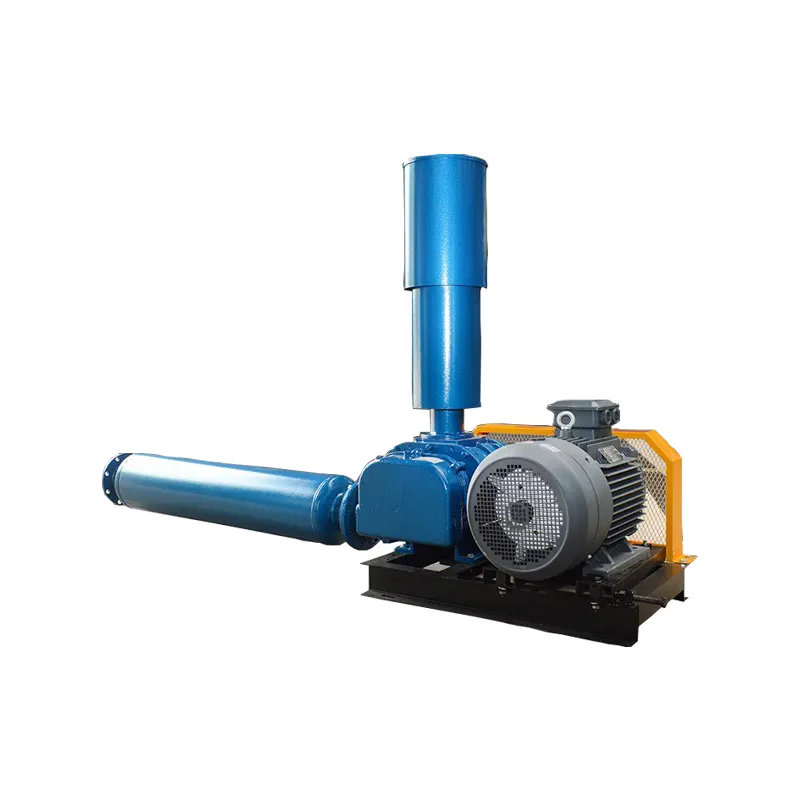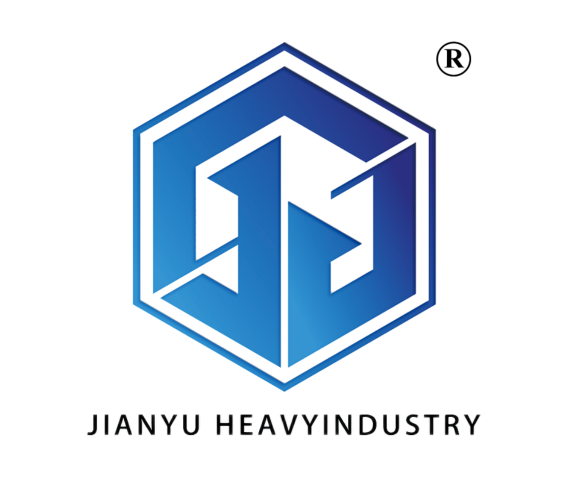Enhancing Efficiency in Modern Aquaculture
Advanced aquaculture equipment has become a cornerstone for maximizing productivity in modern fish and shrimp farming operations. The integration of precision machinery and innovative systems allows for better water quality management, optimized feeding routines, and reduced labor costs. By leveraging the latest technology, aquaculture facilities can ensure consistent growth rates, higher survival percentages, and improved overall yield. Companies like Jianyu Weiye (Jinan) Machinery Technology Co., Ltd. offer a range of high-quality solutions, including Roots blowers, air suspension blowers, rotary feeders, and Longtie systems, all designed to meet the needs of commercial aquaculture operations. Their focus on R&D and rigorous quality monitoring ensures that these products are reliable, efficient, and durable.
Optimized Water Quality Management
Role of Roots Blowers in Oxygenation
Roots blowers play a critical role in maintaining adequate dissolved oxygen levels in aquaculture ponds and tanks. Proper oxygenation supports metabolic activity, growth, and immunity in aquatic species. Continuous operation of high-quality Roots blowers ensures a stable and consistent airflow, which is essential for maintaining water quality in high-density systems. Incorporating these devices reduces the risk of hypoxia, improves fish health, and enhances overall productivity.
Air Suspension Blowers for Even Distribution
Air suspension blowers are designed to distribute oxygen evenly throughout the water column. This uniform aeration prevents dead zones, reduces sediment accumulation, and promotes a healthier aquatic environment. By improving water circulation, these blowers enhance nutrient distribution and facilitate waste breakdown. Consistent and controlled oxygen delivery ensures that all areas of a pond or tank meet the oxygen requirements for optimal growth.
Efficient Feeding Solutions
Precision Feeding with Rotary Feeders
Rotary feeders allow for precise and controlled feeding, minimizing waste and ensuring that aquatic species receive proper nutrition. Automated feeding schedules maintain consistent growth patterns while reducing labor requirements. Proper feed distribution prevents overcrowding at feeding points and promotes uniform growth. The ability to customize feeding rates helps operators optimize feed conversion ratios, ultimately reducing costs and increasing productivity.
Longtie Systems for Large-Scale Operations
Longtie systems are engineered for extensive aquaculture setups, enabling synchronized feeding across multiple ponds. These systems integrate programmable timers and feed regulators, allowing operators to maintain efficient feeding routines with minimal manual intervention. Longtie systems are particularly useful in high-density environments, providing consistency in nutrition while reducing labor dependency.
Water Monitoring and Treatment
Comprehensive Water Quality Control
Maintaining water quality is essential for sustainable aquaculture. Advanced systems integrate aeration, filtration, and circulation to maintain appropriate pH, temperature, and dissolved oxygen levels. Regular monitoring allows for immediate adjustments, preventing environmental stress on aquatic species. By keeping water parameters stable, these systems enhance survival rates and support optimal growth.
Integration of Sensors and Automation
Automated monitoring systems equipped with sensors provide real-time feedback on water quality. They reduce the need for manual inspection and enable rapid responses to changes in environmental conditions. Automation ensures that aeration and feeding systems operate efficiently, keeping water quality within the ideal range. This approach not only safeguards aquatic health but also maximizes the effectiveness of equipment like Roots blowers and rotary feeders.

Increasing Productivity and Sustainability
Reducing Energy and Feed Costs
High-efficiency blowers and automated feeding systems lower energy consumption while minimizing feed wastage. By optimizing both oxygenation and nutrition, aquaculture facilities can achieve higher yields at lower operating costs. This approach promotes economic sustainability and reduces environmental impact, supporting responsible aquaculture practices.
Promoting Healthy Growth and High Yield
Advanced equipment ensures consistent conditions, supporting steady growth and reduced mortality. Proper oxygenation, precise feeding, and clean water environments create optimal conditions for aquatic species. Partnering with a reputable manufacturer like Jianyu Weiye guarantees reliable, long-lasting equipment and technical support, helping operators maintain high production standards while ensuring operational resilience.
Working with a Trusted Supplier
End-to-End Solutions for Aquaculture
Jianyu Weiye (Jinan) Machinery Technology Co., Ltd. offers comprehensive solutions that span from design and research to manufacturing and after-sales service. Their product lineup, including Roots blowers, air suspension blowers, rotary feeders, and Longtie systems, is designed with durability and efficiency in mind.
Commitment to Quality and Customer Satisfaction
The company adheres to principles of integrity, quality, customer focus, and continuous technological improvement. Choosing Jianyu Weiye ensures that aquaculture operators benefit from reliable performance, long service life, and professional technical support. High-quality equipment and strong service support contribute to optimized productivity and sustainable aquaculture operations.
FAQ
What types of aquaculture equipment are essential for modern farms
Essential equipment includes aeration devices like Roots blowers and air suspension blowers, feeding systems such as rotary feeders and Longtie systems, as well as water monitoring and treatment equipment. Each plays a critical role in maintaining water quality, reducing waste, and improving overall farm productivity.
How do blowers improve fish and shrimp health
Blowers maintain dissolved oxygen levels and promote water circulation, preventing stagnant areas and reducing sediment accumulation. Proper aeration supports metabolism, enhances immunity, and reduces stress, leading to better survival rates and improved growth.
What are the advantages of automated feeding systems
Automated feeding systems allow precise control over feed distribution, minimizing waste and optimizing feed conversion ratios. They reduce labor costs, ensure consistent nutrition, and support uniform growth across the farm, especially in high-density operations.
Why choose a professional equipment manufacturer
Working with a trusted supplier like Jianyu Weiye ensures access to high-quality, durable equipment and reliable technical support. Professional manufacturers provide comprehensive solutions, helping operators reduce operational risk, enhance efficiency, and maintain sustainable, high-yield

